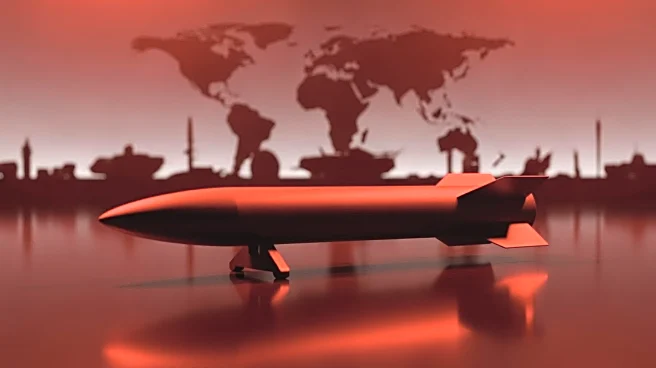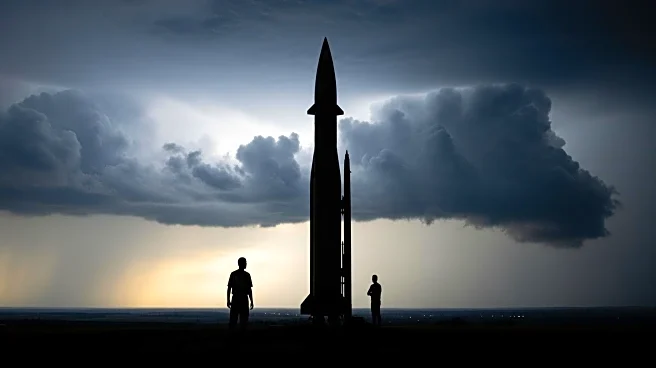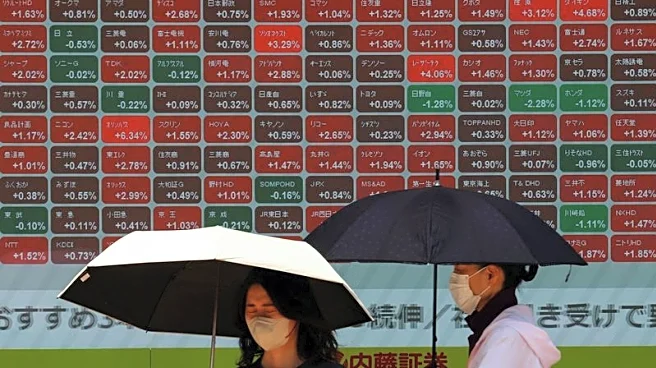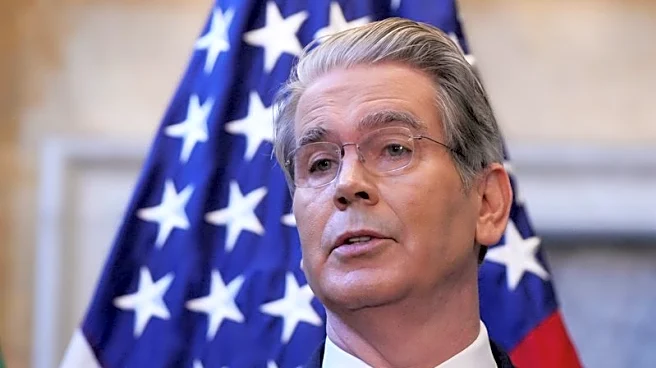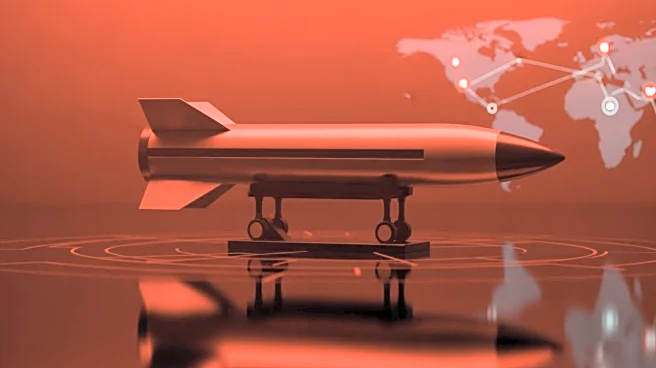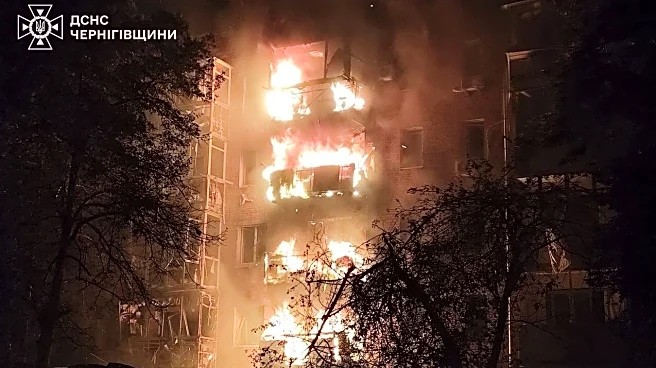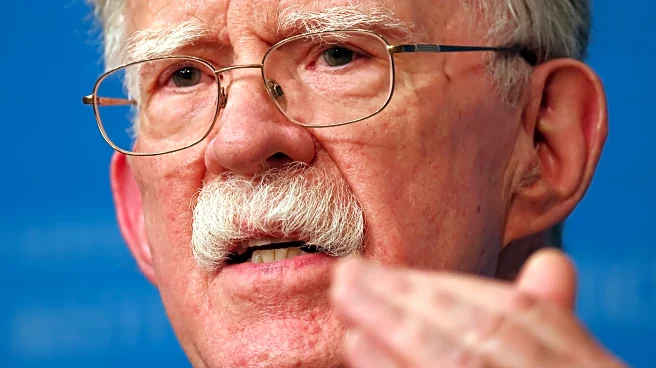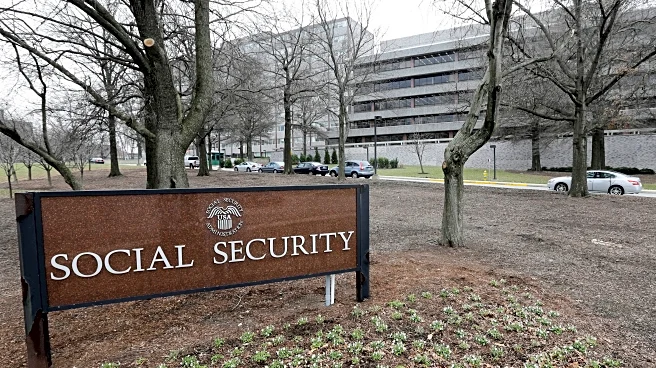What's Happening?
North Korea has unveiled the Hwasong-20, a new intercontinental ballistic missile (ICBM) believed to be nuclear-capable, during a military parade marking the 80th anniversary of the Workers’ Party of Korea. This development highlights Kim Jong Un's expanding
long-range arsenal, which poses a growing threat to the United States and its allies. The missile reportedly uses solid fuel, allowing for quicker launches and making detection more difficult. Despite these advancements, experts note that North Korea still faces technical challenges in guidance precision and warhead reentry.
Why It's Important?
The unveiling of the Hwasong-20 underscores the ongoing instability in Northeast Asia, driven by North Korea's nuclear weapons and ballistic missile programs. This has prompted U.S. allies like South Korea to strengthen security cooperation with Washington and Tokyo. The missile's capabilities could potentially put U.S. and allied forces at risk, as it is believed to be capable of reaching the continental United States. The situation is further complicated by suspicions of Russian assistance in the missile's development, in exchange for North Korean support in the Ukraine conflict.
What's Next?
Analysts expect the Hwasong-20 to be tested before the end of 2025, and U.S. intelligence suggests North Korea may conduct its first nuclear test since 2017. Dialogue with Washington remains unlikely unless the U.S. abandons its denuclearization demands, maintaining the stalemate on the Korean Peninsula.
Beyond the Headlines
The development of the Hwasong-20 may lead to increased military tensions and further international sanctions against North Korea. The missile's solid fuel technology represents a significant advancement, potentially altering the strategic balance in the region.
